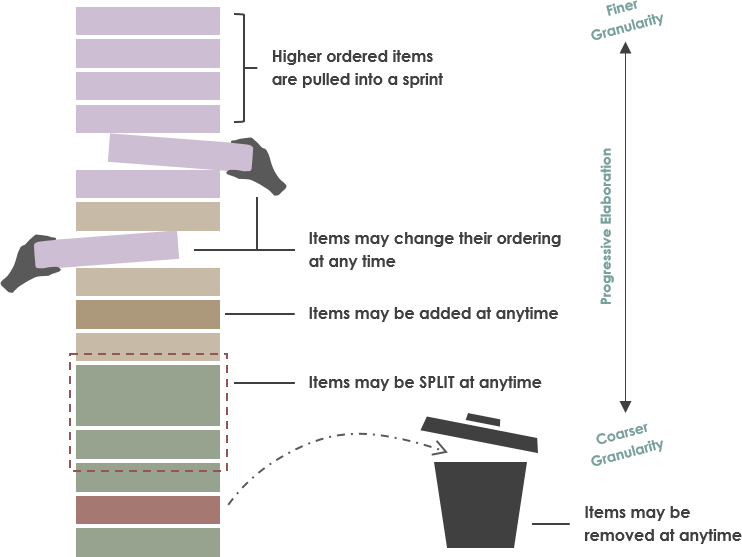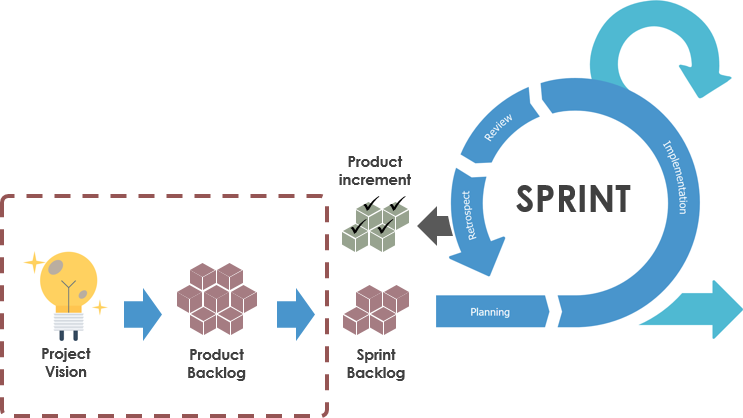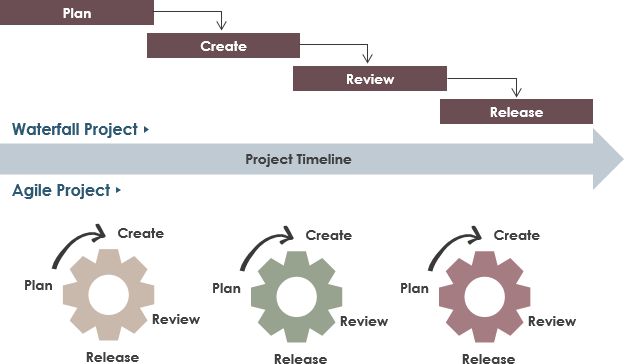Colocation is useful for meetings that require close listening, such as design discussions. It is also handy when new employees are training and need some amount of hand-holding or encouragement. Whiteboard is highly effective for colocated team but can be managed with online tools as well.
Continue reading







